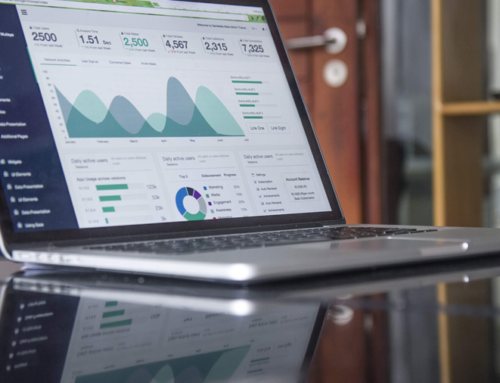ACH, or Automated Clearing House, is one of the fastest growing payment options in the U.S. Many consumers and businesses may actually be using ACH payments every day and not even realize this. In fact, the Electronic Payments Association states that each year ACH accounts for 23 billion electronic financial transactions and is responsible for moving more than $40 trillion annually. Think back to the last time you paid a bill online or received your tax refund electronically, it most likely came through ACH.
There are two types of ACH networks typically used. The first is ACH Direct Deposits. Direct Deposits via ACH is the deposit of funds into an individual’s bank account. Typically you will see direct deposits via ACH used in reimbursements, tax refunds, interest payments or government benefits. Basically, these are ACH payments from a business or government to a consumer.
The other type of ACH is direct payment. Both individuals and organizations can make a direct payment via ACH credit or ACH debit. ACH credit is used when funds need to be pushed into an account, such as moving money from a bank account to pay a bill. ACH debit is used when funds need for be pulled from an account. A common example of this is when someone sets up a recurring monthly payment and the money is automatically taken from an account.
The perks of using ACH in any of these forms is that the transactions happen quickly. Usually they occur by the next day. In fact, recent advancements in the ACH network are now offering same day ACH payments, which means no business has to wait to get paid any longer. If you’re a B2B business that struggles to get paid on time, offering ACH payments to customers is a good way to increase your cash flow and improve your turnover ratio.




